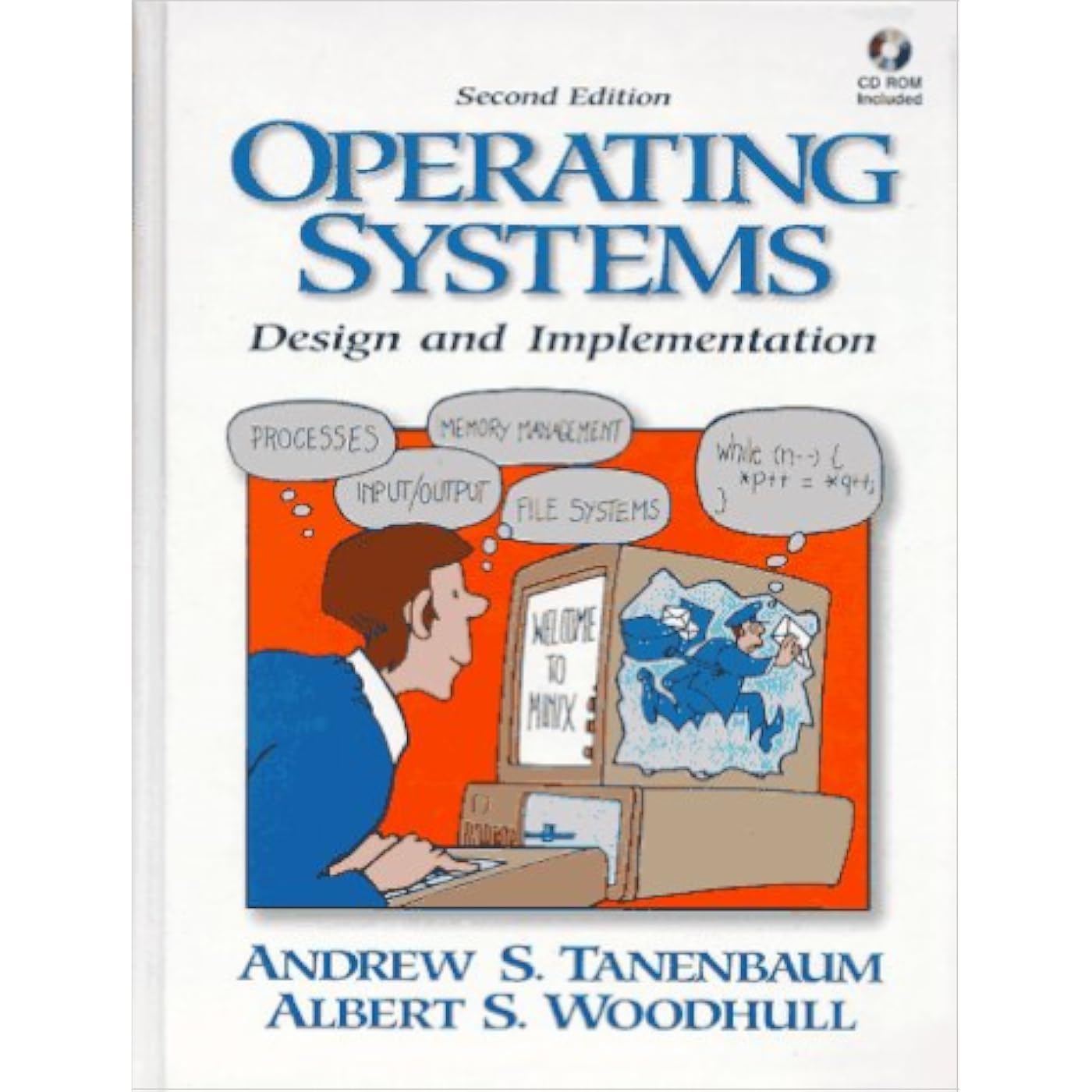

Ready to go? Add this product to your cart and select a plan during checkout. Payment plans are offered through our trusted finance partners Klarna, PayTomorrow, Affirm, Afterpay, Apple Pay, and PayPal. No-credit-needed leasing options through Acima may also be available at checkout.
Learn more about financing & leasing here.
This item is eligible for return within 30 days of receipt
To qualify for a full refund, items must be returned in their original, unused condition. If an item is returned in a used, damaged, or materially different state, you may be granted a partial refund.
To initiate a return, please visit our Returns Center.
View our full returns policy here.
Format: Hardcover
Description
B> Most books on operating systems deal with theory while ignoring practice. While the usual principles are covered in detail, the book describes a small, but real UNIX-like operating system: MINIX. The book demonstrates how it works while illustrating the principles behind it. Operating Systems: Design and Implementation Second Edition provides the MINIX source code. The relevant selections of the MINIX code are described in detail. When it first came out, MINIX caused something of a revolution. Within weeks, it had its own newsgroup on USENET, with 40,000 people. Most wanted to make MINIX bigger and fancier. Instead, Linux was created. That has become quite popular, very large, and complicated. MINIX, on the other hand, has remained small and suitable for instruction and example. The book has been revised to include updates in MINIX, which started out as a v 7 unix clone for a floppy-disk only 8088. It is now aimed at 386, 486, and pentium machines and is based on the international posix standard instead of on v7. There are now also versions of MINIX for the Macintosh and SPARC available. Professional programmers will find this book to be a valuable resource and reference Read more
Publisher : Prentice Hall; 2nd edition (January 15, 1997)
Language : English
Hardcover : 939 pages
ISBN-10 : 0136386776
ISBN-13 : 73
Item Weight : 3.49 pounds
Dimensions : 7.75 x 1.25 x 9.5 inches
Best Sellers Rank: #782,648 in Books (See Top 100 in Books) #57 in Computer Operating Systems Theory #2,465 in Computer Software (Books) #8,449 in Mathematics (Books)
#57 in Computer Operating Systems Theory:
#2,465 in Computer Software (Books):
